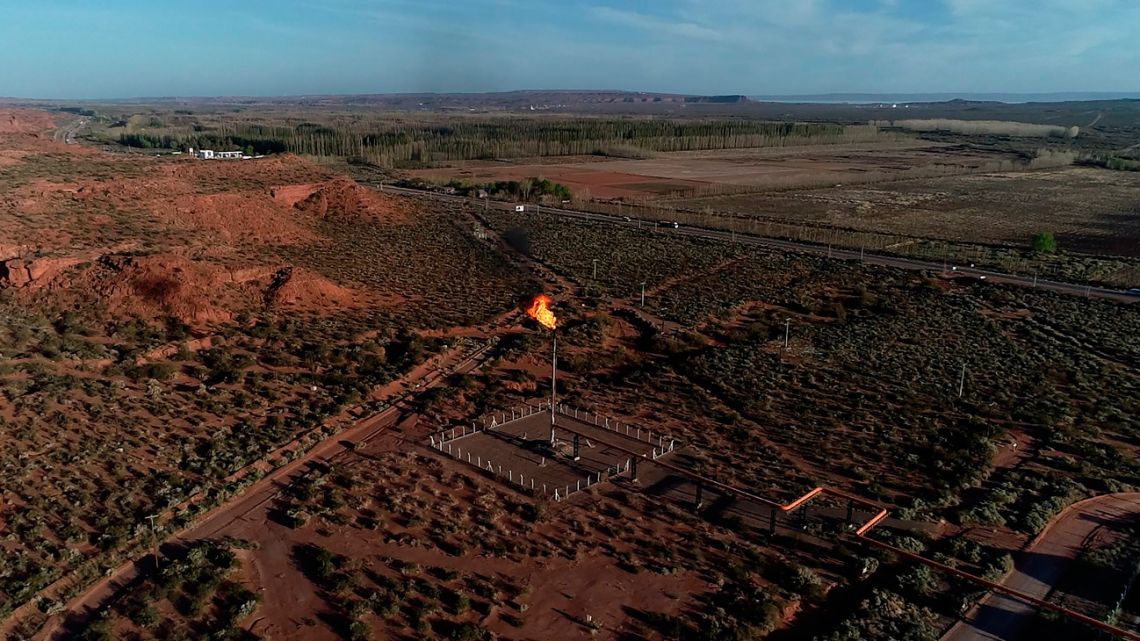The Brazilian financial market witnessed a significant shift as foreign investors reduced their bets against the real. Data from B3, Brazil’s stock exchange, revealed that foreign investors’ dollar positions against the real dropped to $58.7 billion.
This marks the lowest level in just over a year, reflecting a changing sentiment in the currency market. The reduction in foreign bets against the real stems from multiple factors.
Global risk assets experienced relief due to the absence of new tariff measures from Donald Trump. This development contributed to a more favorable environment for emerging market currencies like the Brazilian real.
Another crucial factor supporting the real is the widening interest rate differential between Brazil and the United States. The Brazilian Central Bank has signaled at least two more one-percentage-point increases in the Selic rate, currently at 12.25%.
This hawkish stance attracts foreign capital seeking higher yields. The lower dollar interest rates have also made the environment less conducive for long dollar positions in Brazil.
 Foreign Bets Against Brazilian Real Plummet to 13-Month Low. (Photo Internet reproduction)
Foreign Bets Against Brazilian Real Plummet to 13-Month Low. (Photo Internet reproduction)This shift in market dynamics has led to reduced pressure on the foreign exchange coupon, further supporting the real’s strength against the dollar. It’s important to note that these positions are not solely directional bets against the real‘s appreciation.
Currency Market Dynamics
The data from B3 also includes offshore investments by local investors and hedging strategies. Therefore, interpreting these figures as pure speculation against the Brazilian currency would be an oversimplification.
Local institutional investors have also adjusted their positions. Their dollar-short (real-long) position decreased from $1.4 billion to $1.2 billion. This slight reduction indicates a cautious approach from domestic players in the current market environment.
The recent developments in the Brazilian currency market highlight the complex interplay of global and local factors. As the interest rate differential widens, the Brazilian real gains strength.
Improved global risk sentiment further bolsters its potentially stronger position. However, market participants remain vigilant, aware that currency dynamics can shift rapidly in response to new economic data or geopolitical events.

 By The Rio Times | Created at 2025-01-23 21:05:30 | Updated at 2025-01-24 00:36:31
5 hours ago
By The Rio Times | Created at 2025-01-23 21:05:30 | Updated at 2025-01-24 00:36:31
5 hours ago








